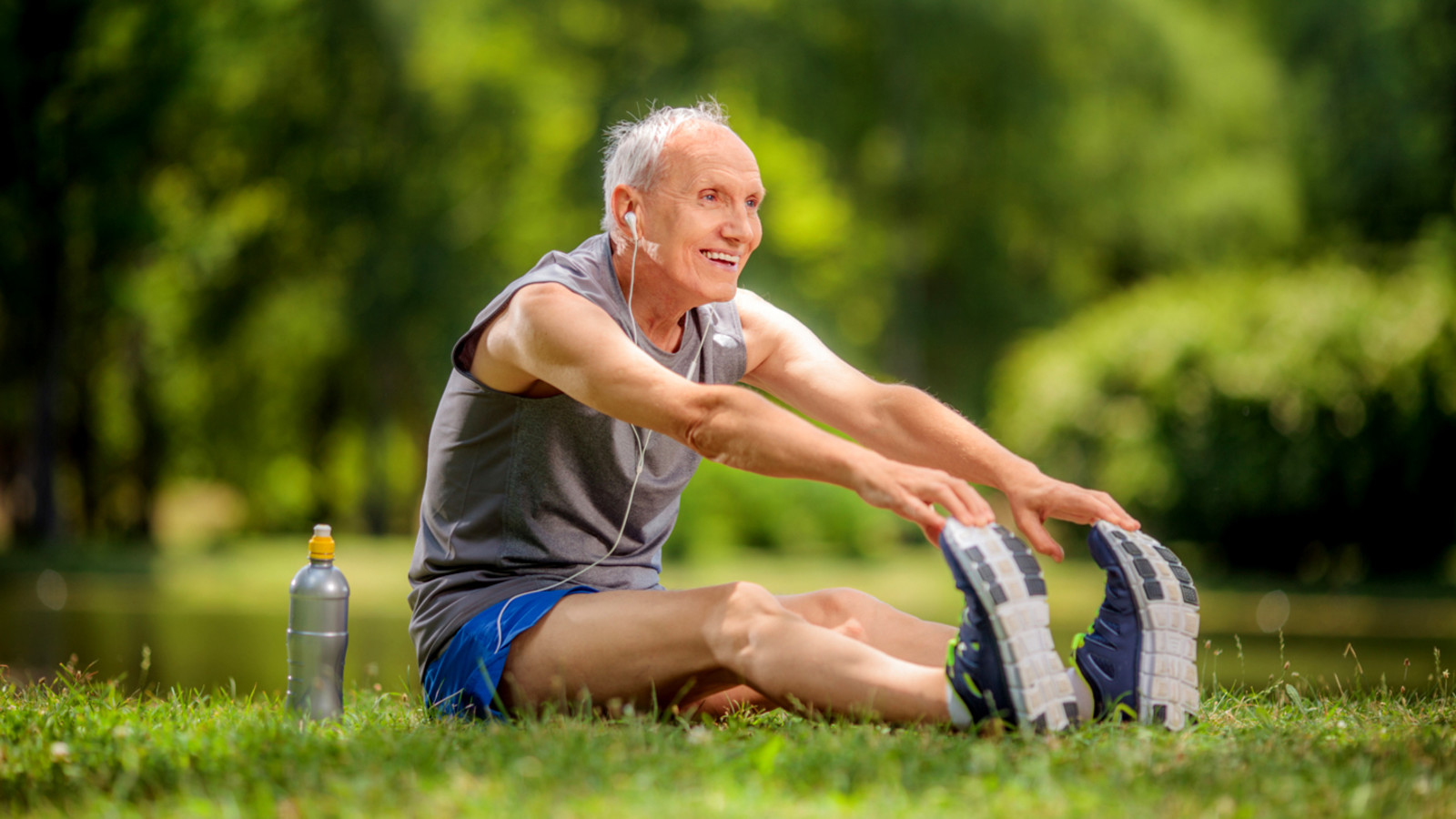It is common knowledge that exercise imparts a smorgasbord of health benefits. What is not yet understood is how physical activity manages to reduce aging on a cellular level. New research into mitochondria lifts the lid on the processes involved.
(mnt.com) Regular exercise has been shown to boost the immune system, heighten cognitive abilities, improve sleep, increase lifespan, and maintain muscle tone. Its benefits are proven; the research is conclusive.
However, the mechanisms that lie beneath exercise's positive effects remain in the shadows. How do physical activities translate into rebuilding organelles that degrade as we age? Which activities are best?
A new study, published this week in Cell Metabolism, takes a look under the hood and provides clues as to how these benefits might be produced.
The current study's senior author is Dr. Sreekumaran Nair, a diabetes researcher at the Mayo Clinic in Rochester, MN, and the research team was led by Matthew Robinson, who now works at the University of Oregon in Eugene.
In all, the study included 36 men and 36 women, split into two age groups: "young" (aged between 18 and 30) and "older" (aged between 65 and 80). These participants were further split into three exercise programs:
1. high-intensity interval biking
2. strength training using weights
3. a combination of interval and strength training
Taking a biopsy from the volunteer's thigh muscles, they compared the molecular makeup with a control group of sedentary volunteers. Lean muscle mass and insulin sensitivity were also assessed.
The team found that, although strength training was effective at building muscle mass, high-intensity interval training had the greatest effect at a cellular level, specifically on mitochondria.
Exercise, mitochondria, and aging:
Mitochondria are commonly referred to as the powerhouses of the cell; their primary function is to produce adenosine triphosphate - the molecule that transports chemical energy within cells. As we age, the capacity of mitochondria to generate energy slowly decreases.
By comparing proteomic and RNA-sequencing data across the exercise groups, the team found that exercise encourages cells to make more RNA copies of the genes that code for mitochondrial proteins and proteins responsible for muscle growth.
Younger volunteers carrying out interval training showed a 49 percent increase in mitochondrial capacity and, even more impressively, the older group saw a 69 percent increase.
High-intensity biking effectively reversed age-related decline in mitochondrial function.
Ribosomes, vital players in the synthesis of proteins, also received a boost from exercise - it increased their ability to build mitochondrial proteins, which explains the rise in both mitochondrial function and muscle hypertrophy.
Slowing aging through protein increase:
Physical activity's ability to bolster protein production is important. Muscle cells, like brain and heart cells, do not divide frequently. This means that, as we age, function declines. As Dr. Nair explains: "Unlike liver, muscle is not readily regrown. The cells can accumulate a lot of damage." If exercise can restore or minimize the deterioration of ribosomes and mitochondria in muscle cells, there is a good chance that it does the same in other tissues.
In addition to the increase in mitochondrial capacity, the interval training also improved the participant's insulin sensitivity, lowering the risk of developing diabetes. However, this exercise type was less effective at improving muscle strength.
"Based on everything we know, there's no substitute for these exercise programs when it comes to delaying the aging process. These things we are seeing cannot be done by any medicine." Dr. Sreekumaran Nair
Although this study was not focused on making recommendations about duration or exercise type, Dr. Nair says: "If people have to pick one exercise, I would recommend high-intensity interval training, but I think it would be more beneficial if they could do 3-4 days of interval training and then a couple of days of strength training."
The study clearly demonstrates how exercise can increase the output of specific organelles. This relationship is likely to play a key part in slowing cellular aging.
Dr. Nair and his team plan to extend their deep dive into the cellular benefits of exercise in other tissue types. In the future, these findings could potentially be used to target specific pathways and reduce the impact of aging. In time, perhaps these positive changes could be triggered artificially, but as Dr. Nair says: "There are substantial basic science data to support the idea that exercise is critically important to prevent or delay aging. There's no substitute for that."
Important exercise in our lives, opinions and actions.
Fuente: www.medicalnewstoday.com
